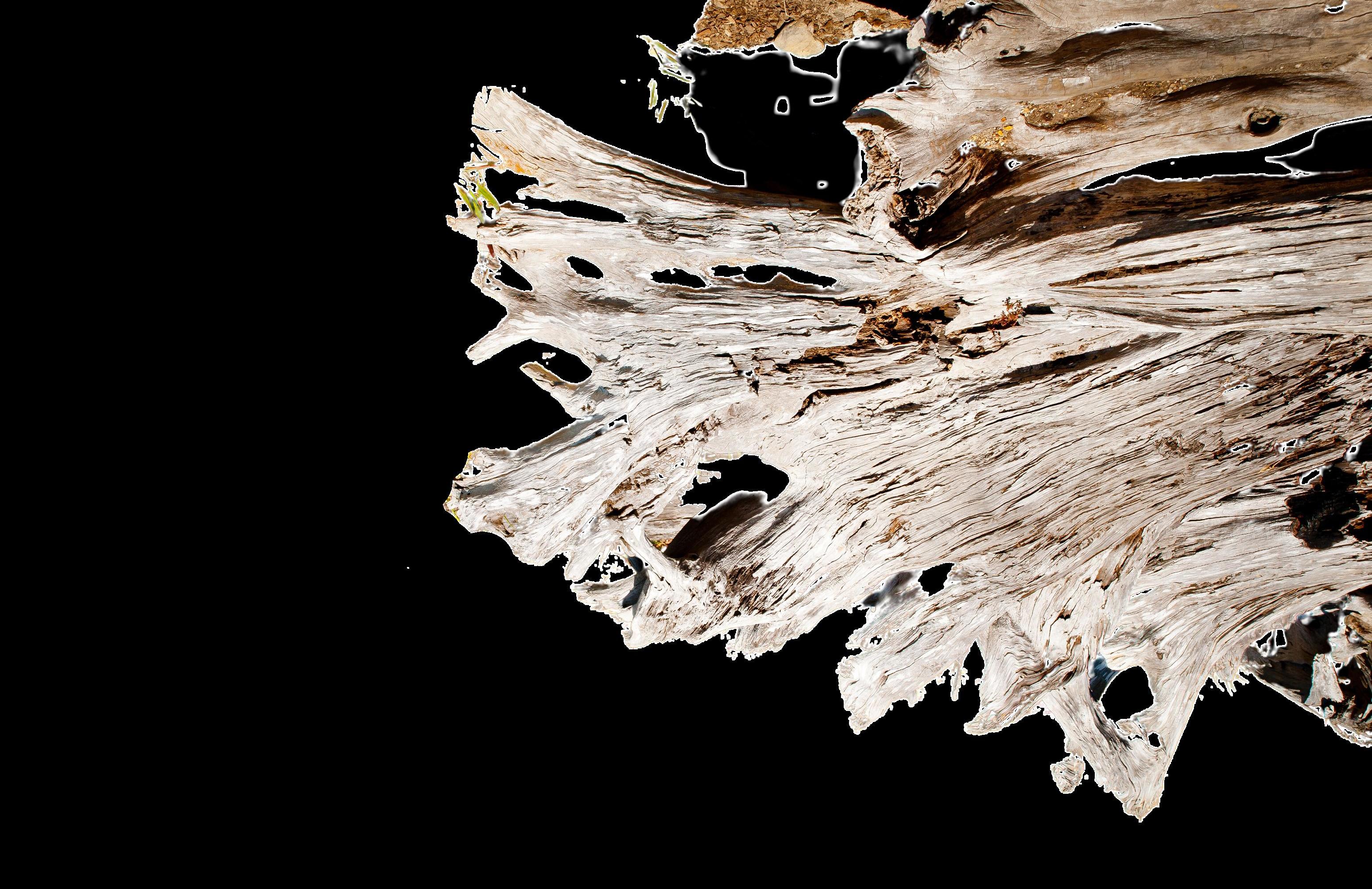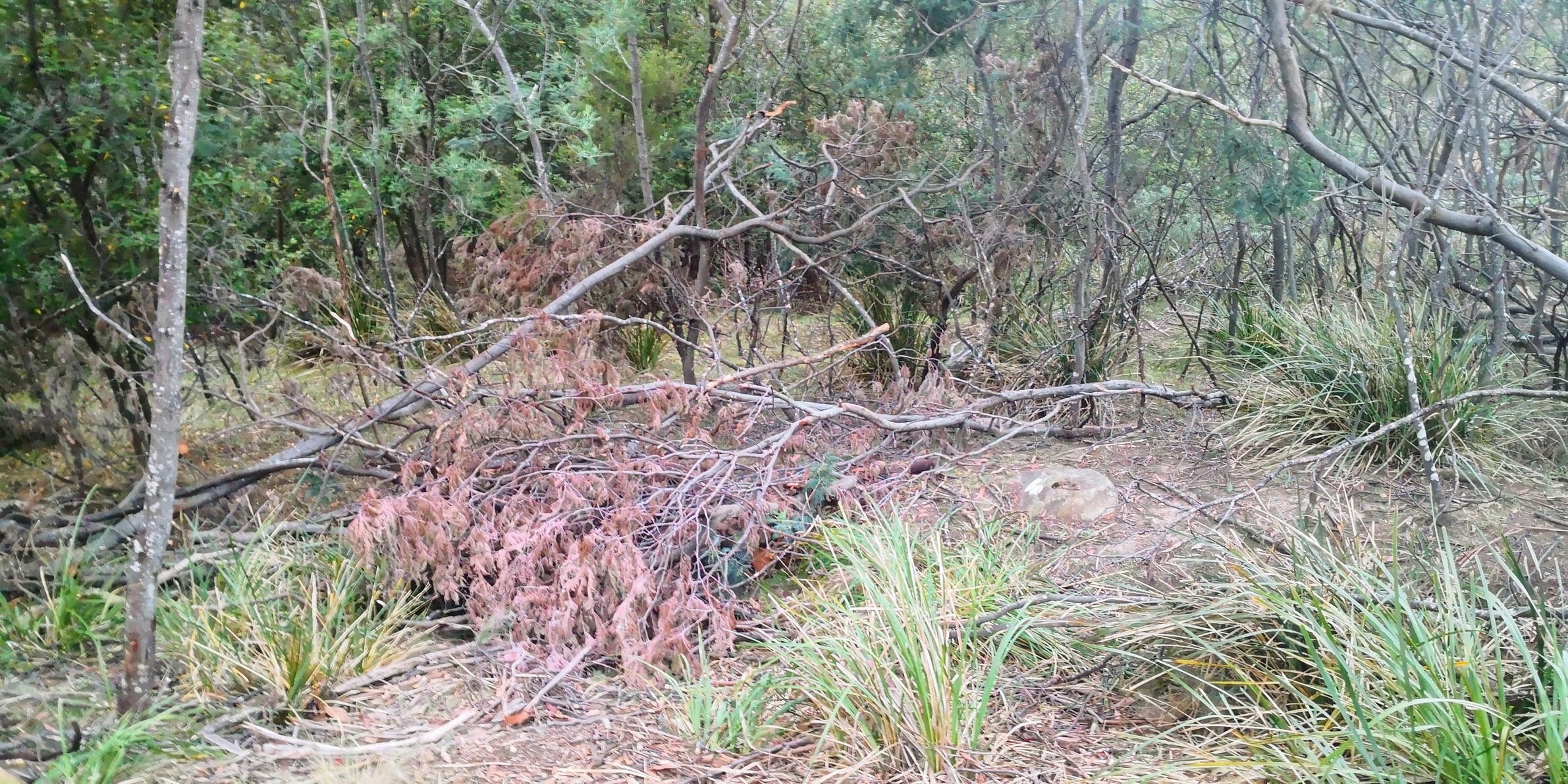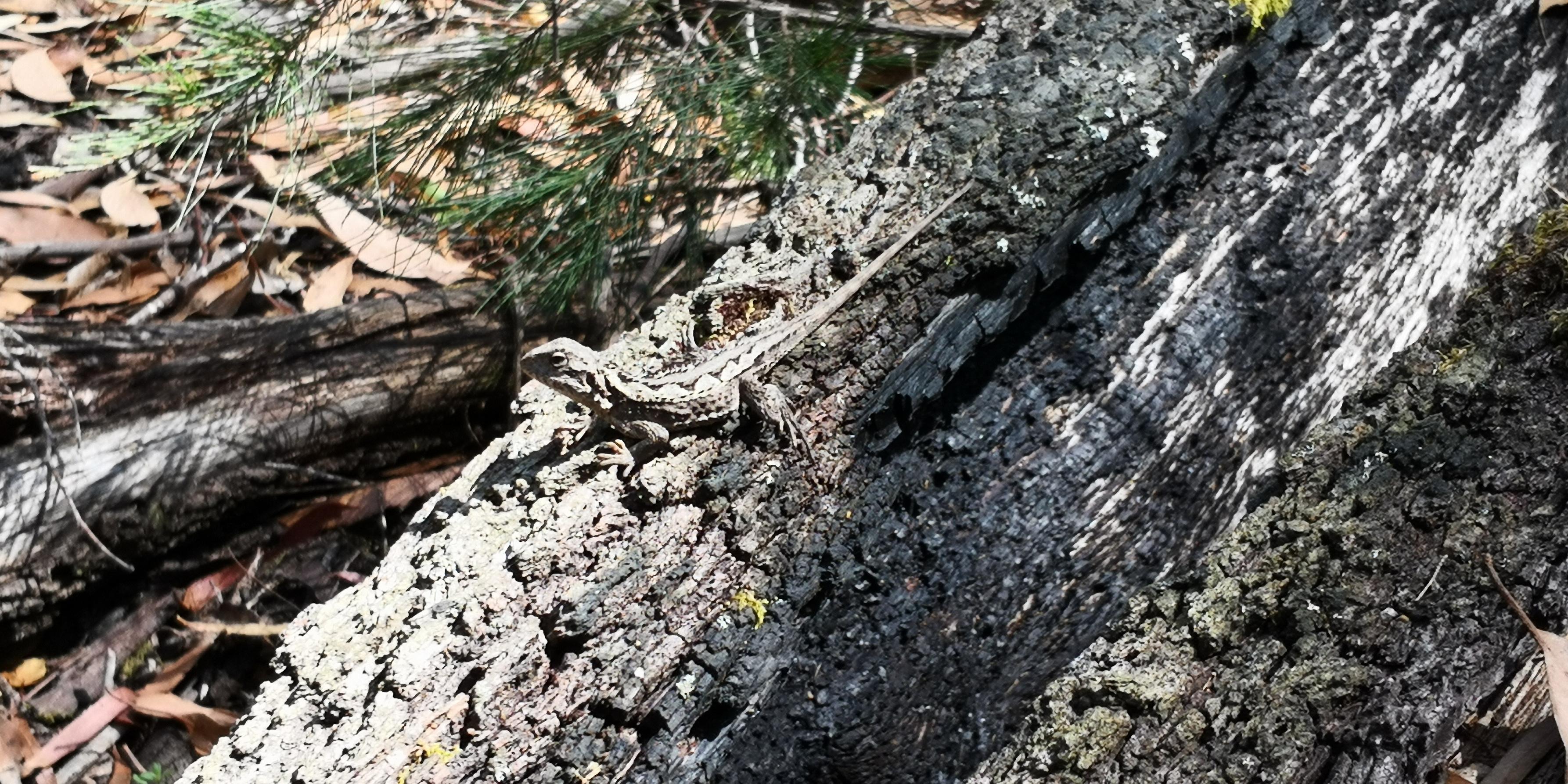
1 minute read
Dead wood as habitat
Providing dead wood as habitat
In the last edition of Cradle to Coastlines, we introduced you to tree hollows and their importance as habitat for many Tasmanian species. There’s another resource with hidden environmental benefits that you might have on your property too: dead wood.
Trees that fall naturally or need to be thinned can become habitat for a huge range of organisms if you leave them in place. This dead wood (or woody debris) is then contributing to your property’s biodiversity, hosting beneficial insects and fungi, providing shelter for threatened species like bandicoots and bettongs, and eventually breaking down to contribute organic matter to the soil. Dead wood shelters seedlings, encouraging regeneration in places of high herbivore pressure. Without dead wood on the ground, woodland ecosystems can transform into paddocks with isolated standing trees.
Dead wood and standing dead trees are so important to biodiversity and ecosystem resilience, that NSW lists “removal of dead wood and dead trees” as a Key Threatening Process under their Threatened Species Conservation Act. Firewood collection there (as it is in Tasmania) is a big part of the problem.

Did you know there is a type of habitat restoration called “dead wood enrichment”? Practitioners lay out logs and branches from different tree species, and then treat them in different ways – some sun-exposed, some shaded, some wet. This is a great option away from houses and densely populated areas where fuel management is less of a concern. It results in huge increases in invertebrate diversity from the forest floor to the canopy. Where you have more invertebrates, you inevitably find more birds, reptiles, frogs and mammals… and that’s the aim of the game.












